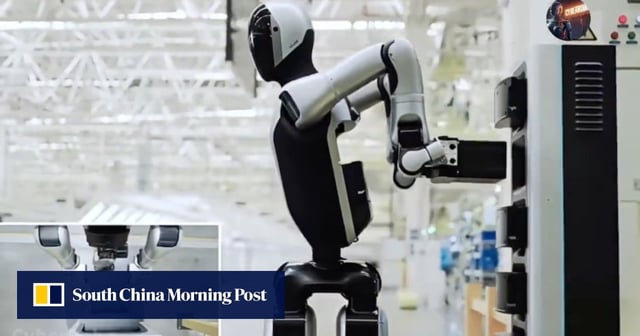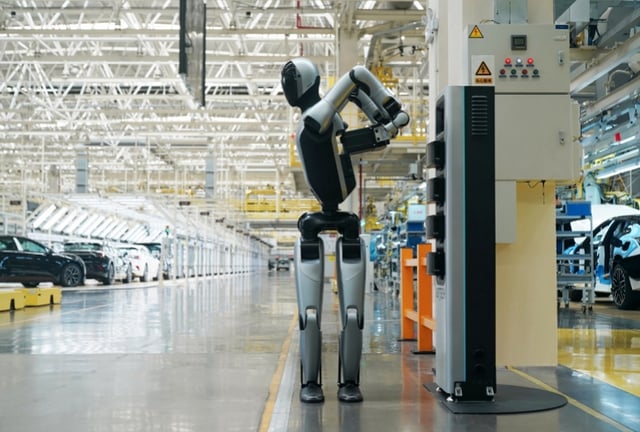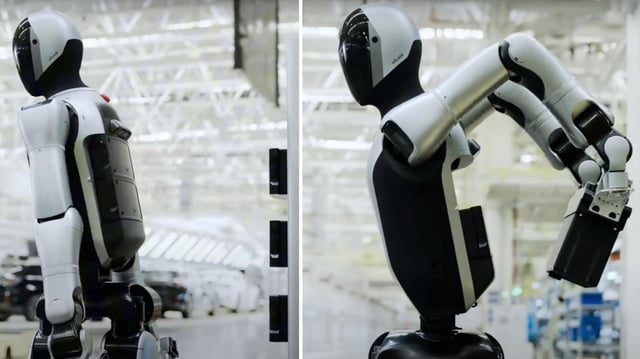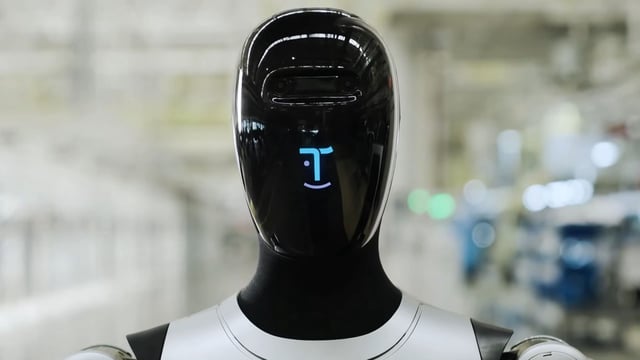Overview
- In a demonstration video, Walker S2 navigated to a charging station, removed its depleted power pack, docked it for recharge, and installed a fresh battery in under three minutes without human aid.
- Its dual-battery balancing system and standardized modules enable the robot to optimize energy use and switch autonomously between batteries based on task urgency.
- The autonomous power management architecture supports theoretical continuous 24-hour operation, promising reduced downtime in industrial settings.
- China’s government has backed robotics and AI as strategic growth areas through policy incentives and funding that have propelled companies like UBTech to the forefront of humanoid innovation.
- UBTech’s May agreement with Huawei Technologies aims to accelerate the deployment of humanoid robots such as the Walker S2 across factories and households nationwide.



